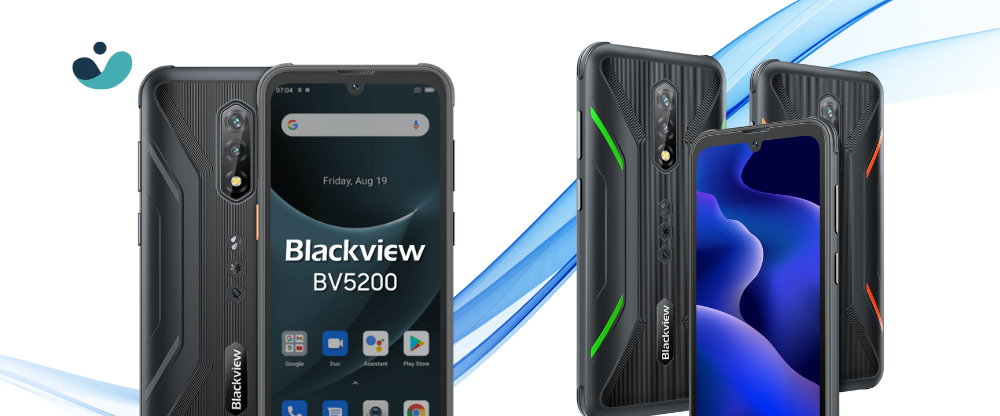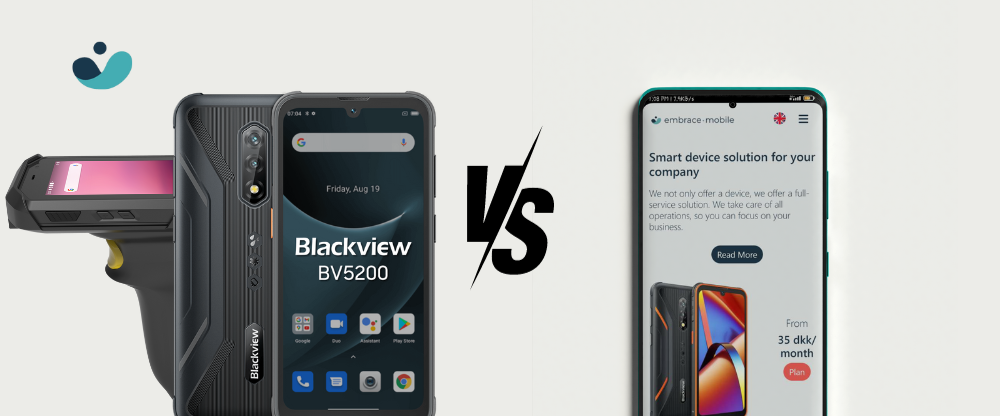

Whether you’re a professional seeking the right tool for the job or a business decision-maker looking to equip your workforce, understanding the essential features of rugged devices is crucial. In this blog post, we will delve into the key attributes that define a rugged device and explore why they matter.
At the core of any rugged device is its durability and build quality. Unlike standard consumer electronics, rugged devices are designed to handle challenging conditions, such as extreme temperatures, moisture, vibrations, and drops. When evaluating a rugged device, pay attention to its Ingress Protection (IP) rating, which indicates the device’s resistance to dust and water. Additionally, the MIL-STD-810G standard outlines various environmental and durability tests that a rugged device should undergo to prove its resilience.
One of the most common scenarios in rugged environments is accidental drops. Rugged devices feature reinforced construction and shock-absorbing materials that minimize damage from falls. Look for devices with drop test certifications to ensure they can withstand impacts from a specified height without malfunctioning.
In many rugged use cases, access to power sources may be limited. A reliable and long-lasting battery is essential for uninterrupted operations. Rugged devices often come equipped with high-capacity batteries or extended battery options to ensure they can last through extended shifts without needing frequent recharging.
Outdoor usage often exposes devices to intense sunlight, which can make standard screens difficult to read. Rugged devices typically feature sunlight-readable displays that use technologies like anti-glare coatings and high-brightness settings. This ensures that the screen remains visible and readable even in bright sunlight.
Rugged devices are built to perform in a wide range of temperatures, from freezing cold to scorching heat. Devices that can operate reliably in extreme conditions ensure that users can perform their tasks without worrying about temperature-related issues.
Apart from being dust and water-resistant, rugged devices might need to be sealed against other environmental factors, such as humidity, sand, and chemicals. Look for devices that offer additional seals and protection against these elements.
While rugged devices are built tough, they shouldn’t compromise on usability. An intuitive user interface, ergonomic design, and user-friendly controls are important for ensuring that workers can operate the device efficiently even while wearing gloves or in challenging conditions.
In the modern workplace, wireless connectivity is crucial for real-time communication, data transfer, and remote management. Rugged devices should offer robust wireless capabilities, including Wi-Fi, Bluetooth, cellular connectivity, and potentially even satellite communication options.
Rugged devices often need to interface with various peripherals and accessories, such as barcode scanners, RFID readers, and additional storage. The availability of ruggedized ports and expansion options is vital to ensure seamless integration with existing workflows.
Data security is a paramount concern for any device, and even more so for devices used in rugged environments. Look for devices that offer features like hardware-based encryption, biometric authentication, and remote device management to safeguard sensitive information.
Effectively managing rugged devices is paramount for seamless operations. An Enterprise Mobility Management solution offers centralized control, enabling remote configuration, security enforcement, and real-time monitoring. This ensures optimal performance, security, and longevity for devices deployed in challenging environments.
If a rugged device does encounter issues, having access to reliable repair and support services is essential. Some manufacturers offer specialized repair programs and warranties that cover accidental damage, ensuring minimal downtime in critical operations. This is where Embrace Mobile comes into the picture, right from onboarding of devices, management of devices to it’s repair/service of devices; Embrace Mobile does it all!
Certain industries, such as healthcare and hazardous materials handling, have specific regulations and compliance requirements. Rugged devices with relevant certifications, such as medical certifications or ATEX certification for explosive atmospheres, are crucial in these contexts.
Conclusion
Investing in rugged devices is an investment in productivity, efficiency, and reliability, especially for industries that operate in challenging conditions. The essential features discussed in this blog post serve as a comprehensive guide for selecting the right rugged device for your needs. Whether you’re outfitting a field service team, managing a construction project, or working in extreme environments, a well-chosen rugged device can empower your workforce and keep your operations running smoothly. Remember to assess each feature in relation to your specific use case to make an informed decision that aligns with your requirements and business goals.



